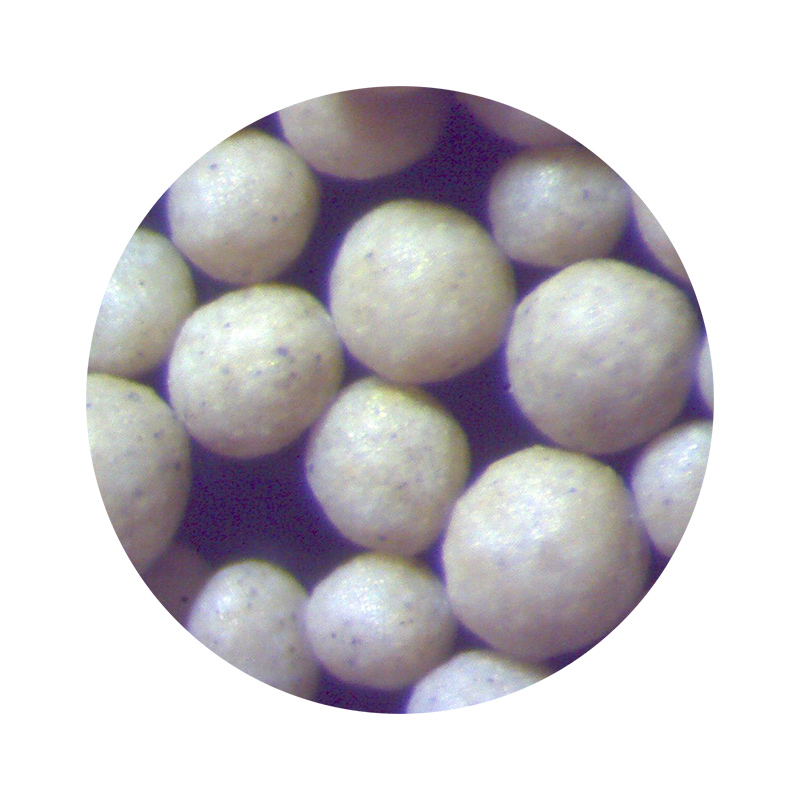How to Sand Ceramic A Step-by-Step Guide
Sanding ceramic can seem like a daunting task, but with the right techniques and tools, it can be done effectively. Whether you’re working on a ceramic project from scratch, repairing a chipped piece, or preparing a surface for glazing, understanding how to sand ceramics is essential. In this guide, we’ll walk you through the process of sanding ceramic, ensuring that you achieve a smooth and polished finish.
Gather Your Materials
Before you start sanding, make sure you have the necessary materials on hand. You will need
1. Ceramic piece This could be a tile, a pot, or a sculpture. 2. Sandpaper Use a variety of grits—start with a lower grit (around 80-120) for rough sanding and finish with a higher grit (220-400) for smoothness. 3. Sanding block This helps apply even pressure while sanding. 4. Dust mask Protects you from inhaling fine dust particles. 5. Water container For wet sanding, which can minimize dust and reduce the heat generated from friction. 6. Cloth or sponge For cleaning the surface after sanding.
Step 1 Prepare the Workspace
Create a clean and well-lit workspace. Lay down a drop cloth to catch any dust and debris. Ensure that you have good ventilation, especially if you opt for wet sanding, to prevent any build-up of moisture and ensure safety.
Step 2 Initial Sanding
Start with coarse sandpaper (80-120 grit) to remove any major imperfections or rough edges. Attach the sandpaper to a sanding block for better control and a more even surface. Sand the ceramic piece in a circular motion, applying moderate pressure. Be cautious around delicate areas to avoid breaking the piece.
Step 3 Switch to Finer Grit
how to sand ceramic

Once you’ve addressed the rough spots, switch to a finer grit sandpaper (220-400) for smoothing the surface. Continue to use the sanding block, but reduce the pressure as you refine the surface. This step is crucial for achieving a professional finish, as it eliminates scratches left by the coarser sandpaper.
Step 4 Wet Sanding Technique
If you're looking for an even smoother surface, consider wet sanding. Dampen the sandpaper with water or dip it into a water container before starting. Wet sanding reduces dust and helps to prevent overheating, which can cause cracks in the ceramic. Follow the same circular motion as before, and rinse the ceramic piece intermittently to check your progress and remove debris.
Step 5 Clean the Surface
After sanding, it’s important to clean the ceramic piece thoroughly. Use a damp cloth or sponge to wipe away the dust and debris. This cleaning step ensures that the surface is ready for any further treatments, such as glazing or painting.
Step 6 Final Touches
Once the ceramic is clean and dry, inspect the surface under good lighting. If needed, repeat the sanding process with finer grits to achieve the desired smoothness. If you intend to glaze the piece, a final sanding with very fine grit will help the glaze adhere better.
Conclusion
Sanding ceramic is an art that takes practice and patience. By following these steps, you’ll be equipped to tackle any ceramic project with confidence. Whether it’s for repairs, refinishing, or preparing for glazing, effective sanding will enhance the overall appearance and durability of your ceramic creations. Happy sanding!
Post time:नोभ . 19, 2024 02:24
Next:sand casting sand types
